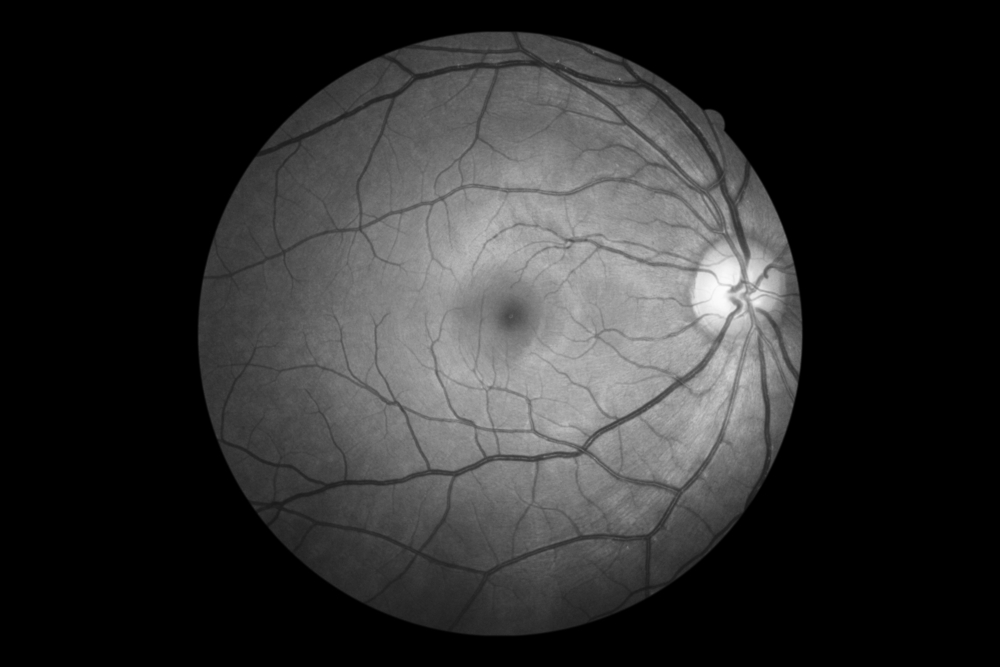Eye scans employing AI could identify Parkinson’s disease years before symptoms manifest, a recent study indicates.
The AI model analyzes high-resolution optical coherence tomography (OCT) scans that produce a detailed cross-section of the retina down to a thousandth of a millimeter.
To train the model, researchers from Moorfields Eye Hospital and the UCL Institute of Ophthalmology used AI to analyze the AlzEye dataset, a global retinal imaging database.
The team examined data from 154,830 patients aged 40 and over who attended ophthalmic hospitals in London from 2008 to 2018 and data from the UK Biobank, including 67,311 healthy volunteers aged between 40 and 69.
The study identified that people with Parkinson’s exhibited a thinner ganglion cell-inner plexiform layer and inner nuclear layer in the eye, with changes noted an average of seven years before symptoms arose.
Researchers propose that examining these layers in routine OCT scans could facilitate early disease detection before symptoms manifest.
The study was published in the journal Neurology and is available here.

Lead author Siegfried Wagner, a clinical research fellow at Moorfields and a researcher at the UCL Institute of Ophthalmology, expressed optimism about the findings, stating, “I continue to be amazed by what we can discover through eye scans. While we are not yet ready to predict whether an individual will develop Parkinson’s, we hope that this method could soon become a pre-screening tool for people at risk of disease.”
OCT scans combine with machine learning (ML)
Eye scans have shown promising results in early diagnosis of many diseases, including Alzheimer’s, multiple sclerosis, and even schizophrenia.
Alastair Denniston, a consultant ophthalmologist, and professor, also noted the technology’s ability to identify signs and changes too subtle for human detection.
Moorfields’ medical director, Louisa Wickham, highlighted that OCT scans are non-invasive, more scalable, and more economical than brain scans.
Claire Bale, Associate Director of Research at Parkinson’s UK, also expressed hope about the research, saying, “Intervening earlier to stop the loss of precious brain cells is the key to preventing the condition. This research offers hope that eye scans could be used to identify people at risk of developing Parkinson’s to enable early treatment. And because the eye scans analyzed in this study are non-invasive, and already in routine use, this could be easily put into practice.”
Healthcare has proven a rich area for novel applications of AI, which has been used to discover new medicines, restore mobility to injured limbs, accurately detect heart disease, discover retinal disease in infants, and restore communication in those suffering from serious neurodegenerative disease or brain injury.





